On the Schietholt. . .
I have made a special study of this instrument through the years of my dulcimer making. I'm slowly building this page with pictures of my recretions of the instruments I have documented. This is also the home of my tromba marina research for some reason. Perhaps because they look similar.
Detail photos of the Smithsonian Scheitholt, 690cm mensur.
 .
.

(left) Showing the staple frets and the upper soundhole, which on this particular copy is a natural walnut knot-hole. Also shown is the noder and tuning wrench. The original had an unusual type of slot-head screw for tuning pins. (right) Showing the lower soundhole, ebony bridge and endpins. The endpins of the original were common brad nails.
.jpg)

Instruments showing the two principal head and foot details. The lighter instrumnets (varients on Smithsonian #324973) have a simple knob at the head and a single roundover at the heel below the string attachment. The darker instrument (copy of Smithsonian #1996.0276-03)shows a 'comb' at the head and an ogee shape at the heel. The instrument on the far right is a scaled-up version of Smithsonian #324973 and a nod to the Praetorius instrument showing frets (mine are wooden) extending across the full width of the top.
.jpg)
.jpg)
Details of the 'Praetorius' instrument, including stamped rosettes at the string spacing and ropework at the soundhole.
.jpg)
.jpg)
.jpg)

Two instruments with raised fingerboards and modern fretwire. My 'concert schietholt' on the right is a viariation of Smithsonian #1996.0276-04. These instruments naturally have a fuller sound for the larger soundbox and sit better on the lap, although all scheitholts are really meant to be played on a table. It seems natural that the extant instruments with raised fingerboards and bulging sides are transitional instruments between the straight-sided scheitholt and the hourglass shaped Appalachian dulcimer.
.jpg)
The heels of both instruments show the ogee shape of Smithsonian #1996.0276-03. The instrument on the left has modern end pins and on the right brass tacks set into a brass plate. The original instruments had crude slot-headed screws for stringholders.
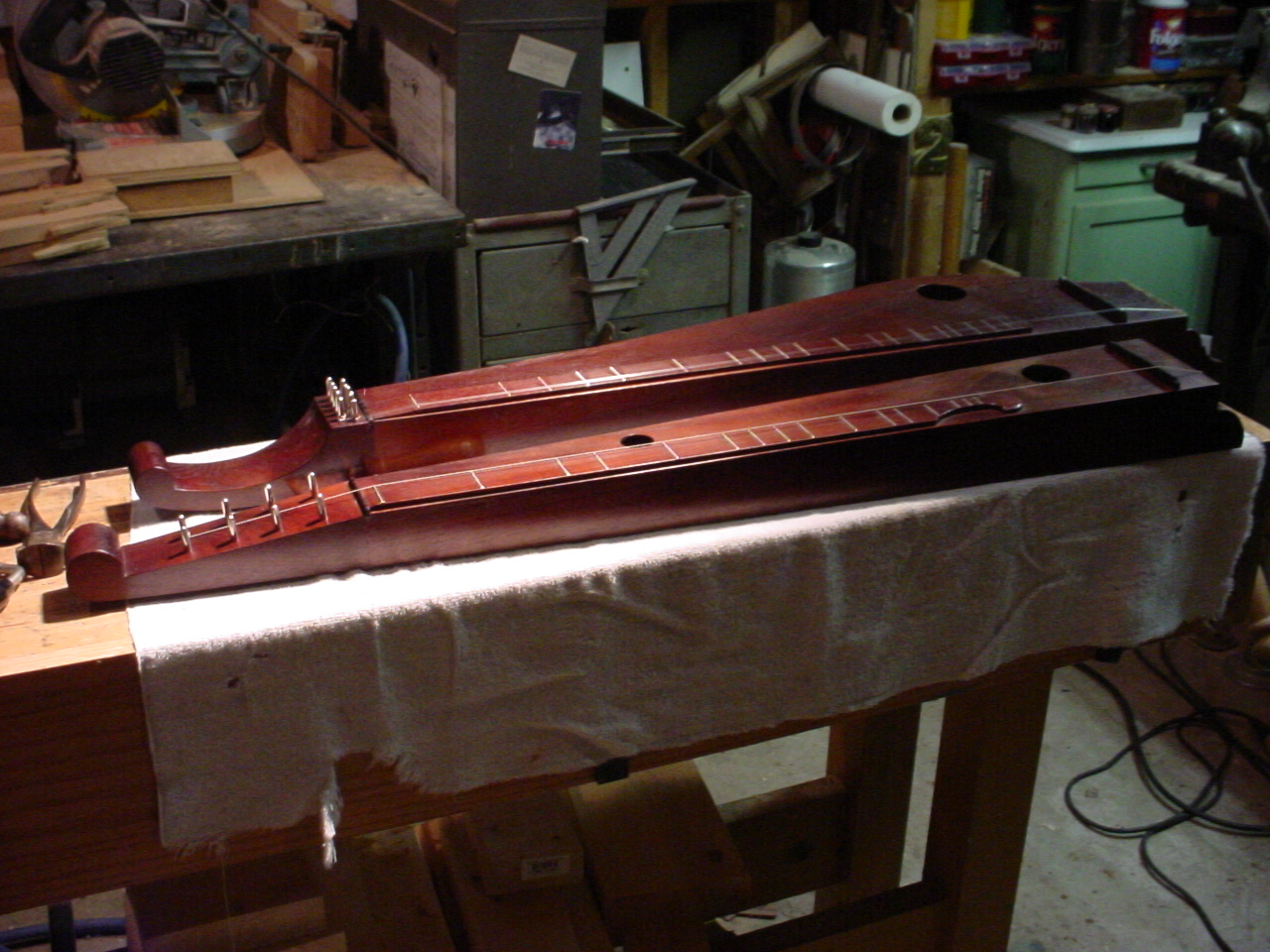
A concert scheitholt and a 'Smithsonian' model.

A 'Concert' scheitholt sitting on top of my drawing which includes a comparison of the 'Williamsburg' headstock.


Two shots of the scheitholts and dulcimers in the Mercer Museum collection, Doylestown, Pennsylvania. There are instruments which strongly resemble the famous Williamsburg instrument as well as a raised fingerboard instrument similar to Smithsonian #1996.0276-03.

Plate XXI of Praetorius depicts a scheitholt next to a tromba marina. And since we're talking about tromba marinas, here's a little research I've done on that instrument. Someday I'm going to get to make one of these. . .

The engraving by Marin Mersenne from his Harmonie Universelle, 1636, The Fourth Book of String Instruments, Proposition XII

An engraving showing the playing position

A photo I took in the long lost Victoria and Albert musical instrument room of their tromba marina.

The peghead showing the geared tuning mechanism.

A detail of the coverplate to the block of sympathetic strings, which can be seen through the soundhole

The base showing the offset bridge

The drawing from Jean Baptiste Prin's 1742 method Memoire sur la trompette marine
 ..
.. 
Another veriosn of the tuning gear and a detail from the same Memling alterpiece that depicts the famous vielle.
+++++++
Scheitholts and Dulcimers
in the Collection of Ralph Lee Smith
In 2005 I attended Mountain Dulcimer Week at Western Carolina University where I met the dulcimer historian Ralph Lee Smith and his impressive collection. I did a very down and dirty documentation of the instruments that were on temporary display in the university museum. . .no time to draw or take even the most rudimentary measurements and barely enough time to take in-focus photographs as you can see. Perhaps some day I can revisit his collection, now housed in the soon to be Appalachian Dulcimer Museum in the old Estes Mill in Sperryville, Virginia
Some general views of the exhibit. . .

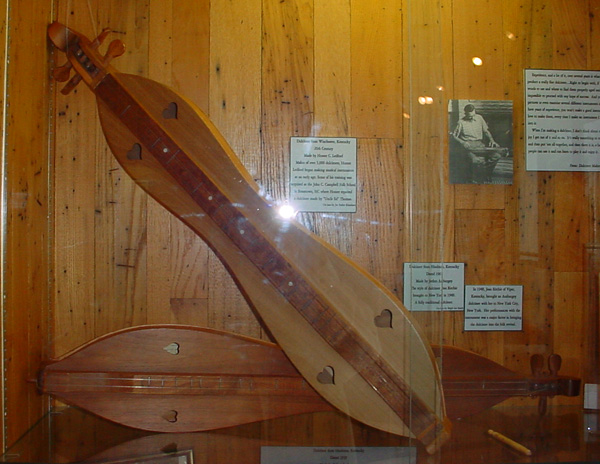
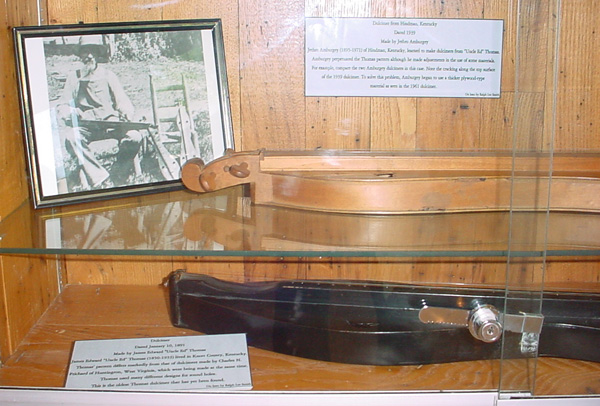





A pre-Civil War Virginia pattern dulcimer. . .

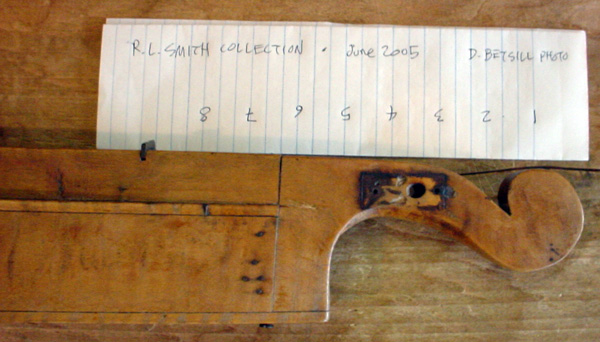
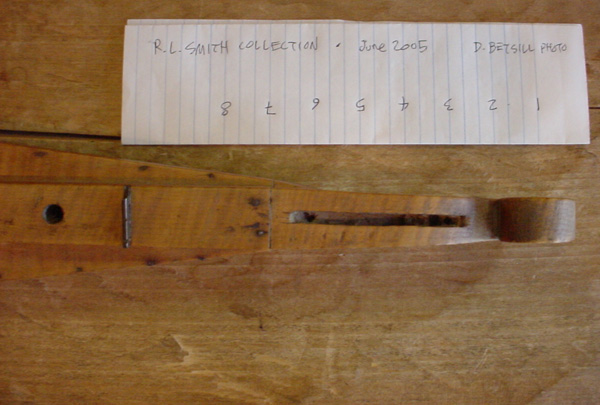







Two-string scheitholt from Pennsylvania, dated 1781 behind the peghead. Maker unknown. This is the oldest American scheitholt yet found. . .






Scheitholt mounted on a box, Date and maker unknown. Purchased at a Kentucky auction in 1986. Collection of Josie Wiseman. . .











Tennessee Scheitholt, File#163





Trapazoidal Scheitholt. . .




A dulcimer with features ofa scheitholt. . .





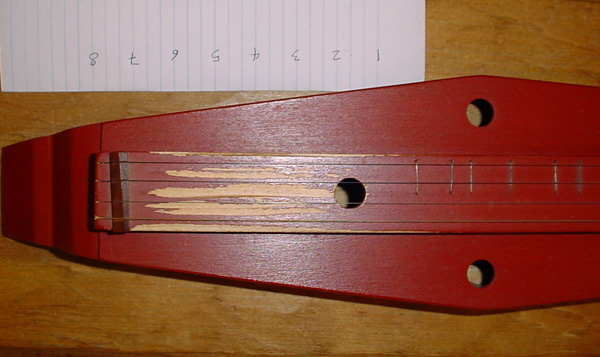

PHeadless dulcimer bought at auction in Virginia, date and maker unknown. Collection of Josie Wiseman. . .


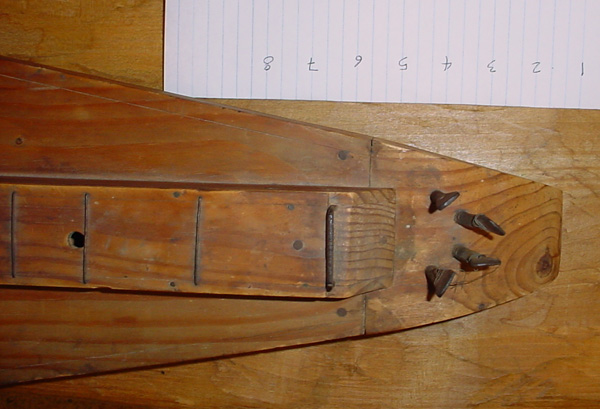

PScheitholt/Dulcimer, Shenandoah County, Virginia. Dated 1849, maker unknown. . .







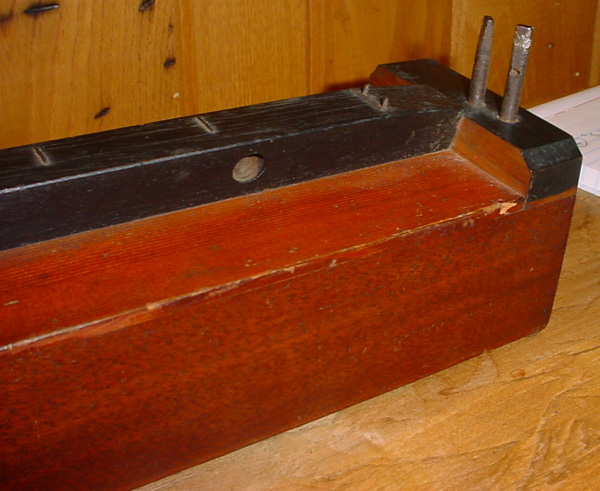

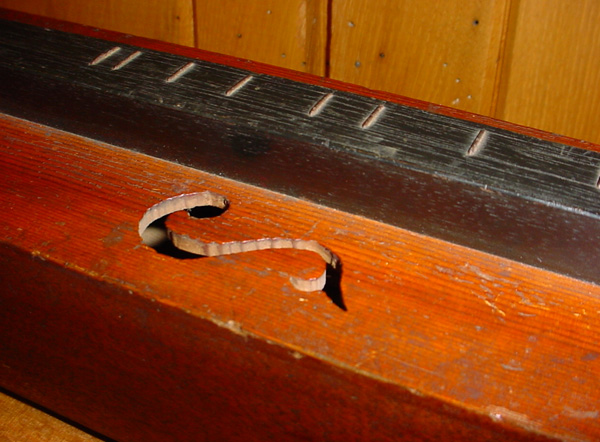

A great West Virginia pattern instrument that I failed to make any notes for. . .but it's very similar to the Hammack dulcimer in the Smithsonian collection.



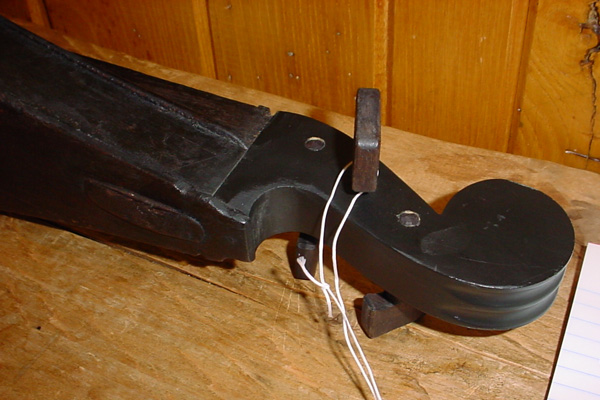



Another no-notes instrument. . .

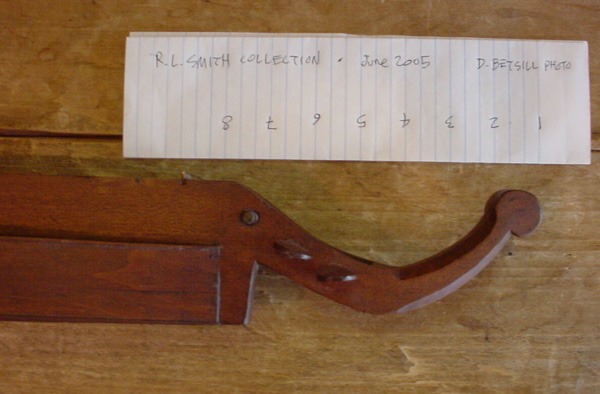
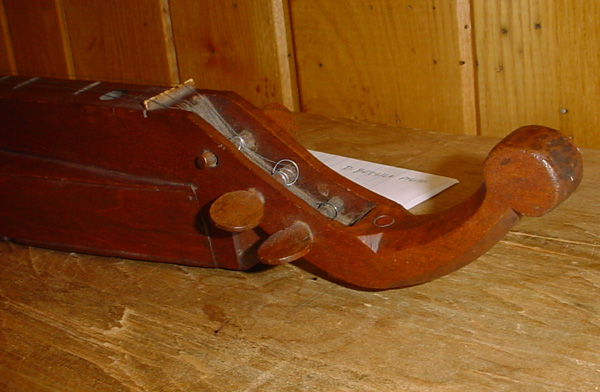



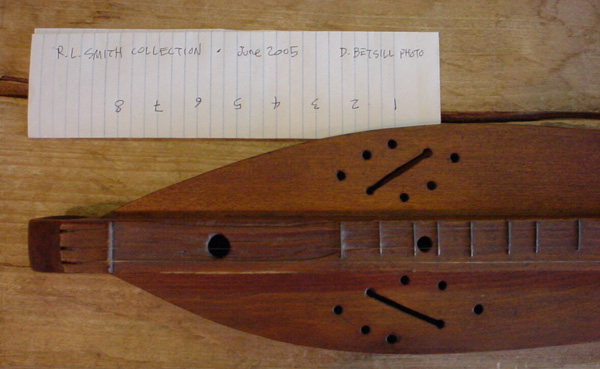


"And when this instrument is heard from a distance it sounds no other than as four trumpets were blowing together in lovely concord,"
-Praetorius
". . .thus causing the string when bowed to give forth a harsh, rattling tone like that of a trumpet."
-Leopold Mozart
"When the bridge is properly placed and the string tension is delicately balanced with respect to the mass of the bridge, the sounds become surprisingly clear and loud; the timbre becomes so similar to that of the trumpet and the whole effect is so startling that it must be heard to be believed."
-Nicholas Bessaraboff on the Boston Museum's tromba marina once owned by Canon Galpin.
"I had to laugh at this device of men. The instrument produces a more nearly agreeable tone at a distance than it does close at hand."
-Heinrich Glarean
"We are therefore not in a position to estimate his full powers or to judge the capabilities of the instrument under the hand of a skilled performer."
-Canon Galpin on the loss of Prin's sonatas and concertos for tromba marina
